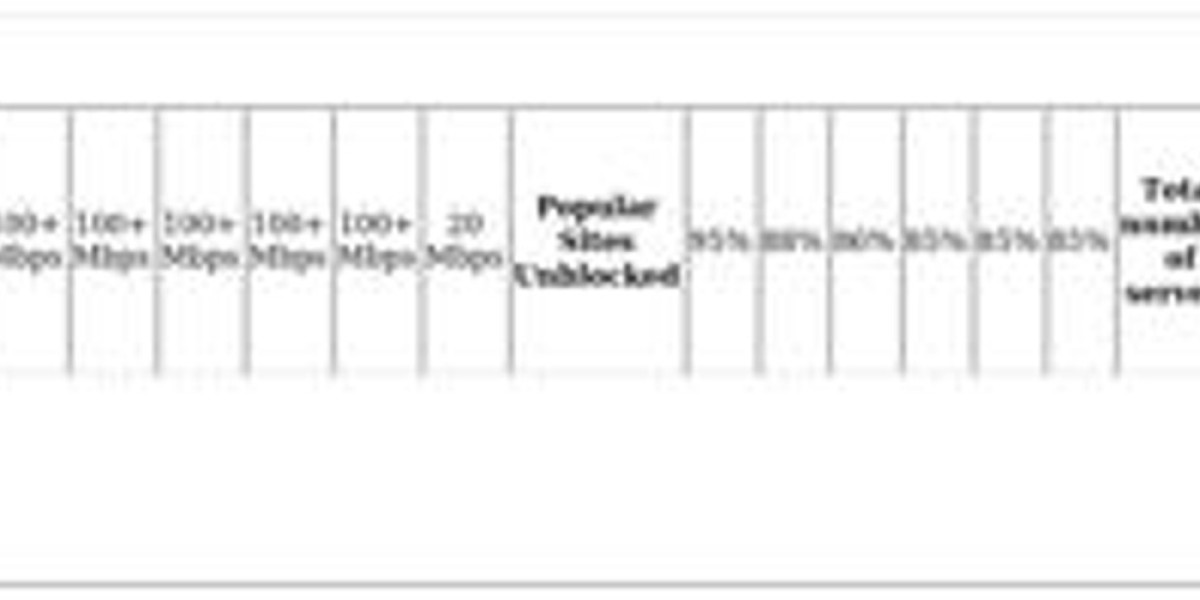Cash flow real estate is often considered one of the most attractive strategies for property investors. The idea is simple: buy a property that generates rental income higher than the expenses, leaving you with positive monthly cash flow. For many, it is the key to achieving passive income and financial freedom.
However, like any investment strategy, cash flow real estate comes with its share of risks. Without proper planning and risk management, investors can quickly find themselves in financial trouble. In this article, we’ll explore the common risks of cash flow real estate and practical ways to manage them.
1. Market Fluctuations and Economic Changes
One of the biggest risks of cash flow real estate is market volatility. Property values and rental demand are tied closely to the local economy. For example, if an area experiences job losses or an industry decline, rental demand may fall, reducing your ability to secure tenants.
Additionally, interest rate hikes can affect loan repayments. A property that seemed cash flow positive when purchased might turn negative if mortgage rates rise.
How to Manage It:
Research local markets thoroughly before investing.
Diversify across different regions to reduce reliance on one area.
Consider fixed-rate mortgages to protect against interest rate increases.
2. Tenant-Related Risks
Tenants are the backbone of cash flow real estate, but they can also be its biggest risk. Late rent payments, property damage, and high turnover rates can quickly eat into profits. Even with careful screening, there’s always a chance of ending up with problematic tenants.
Vacancies are another major risk. A few months without tenants can turn a profitable property into a financial drain.
How to Manage It:
Implement strict tenant screening processes.
Keep properties well-maintained to attract quality tenants.
Maintain a financial buffer to cover periods of vacancy.
3. Hidden and Rising Costs
Investors often underestimate the ongoing costs of cash flow real estate. Property taxes, insurance, maintenance, management fees, and unexpected repairs can add up. In older properties, these costs tend to rise significantly over time.
For instance, replacing a roof or upgrading plumbing can set you back thousands, cutting into months or even years of profits.
How to Manage It:
Set aside at least 10–15% of rental income for maintenance and emergencies.
Conduct regular inspections to identify small issues before they escalate.
Get professional property inspections before purchasing.
4. Overestimating Rental Income
Many investors fall into the trap of overestimating rental income while underestimating expenses. Online property calculators often present an overly optimistic view of cash flow. This creates a false sense of profitability, leading investors to buy properties that don’t perform as expected.
How to Manage It:
Base calculations on conservative rental estimates.
Research comparable rentals in the area for realistic income expectations.
Always factor in vacancy rates and unexpected costs.
5. Location-Dependent Risk
Not all locations are ideal for cash flow real estate. Properties in low-demand or high-crime areas may offer higher rental yields on paper but carry greater risks of tenant turnover, vacancies, and low property appreciation.
While cash flow might look good in the short term, the long-term outlook could be unfavorable if the neighborhood declines.
How to Manage It:
Prioritize locations with strong population growth, employment opportunities, and infrastructure development.
Avoid areas with declining job markets or low tenant demand.
Balance cash flow with potential capital growth.
6. Financing and Debt Risk
Leverage can boost returns in cash flow real estate, but it also magnifies risks. Over-leveraging leaves investors vulnerable to financial stress when interest rates rise, or rental income falls short.
If multiple properties are financed with high debt, one poorly performing property could trigger a chain reaction that affects your entire portfolio.
How to Manage It:
Maintain a healthy loan-to-value ratio (LVR).
Avoid taking on more debt than you can comfortably manage.
Refinance strategically to access better interest rates.
7. Property Management Challenges
Managing cash flow real estate requires time, effort, and expertise. Investors who self-manage may struggle with legal compliance, tenant disputes, and maintenance issues. Hiring a property manager can help but also reduces profits.
Poor property management can lead to high vacancies, dissatisfied tenants, and even legal troubles.
How to Manage It:
Hire experienced property managers with a proven track record.
Stay updated on landlord-tenant laws in your region.
Treat property management as a business, not a side hustle.
8. Regulatory and Legal Risks
Government policies can significantly affect cash flow real estate. Rent control laws, changes in tax regulations, and zoning restrictions can reduce profitability. Investors who fail to comply with landlord laws risk fines, lawsuits, and reputational damage.
How to Manage It:
Stay informed about local property laws and regulations.
Work with real estate lawyers and tax advisors.
Build flexibility into your investment strategy to adapt to policy changes.
9. Lack of Liquidity
Unlike stocks or bonds, real estate is not easily liquidated. If you need cash urgently, selling a property may take months. In a slow market, you may be forced to sell at a loss. This makes real estate less flexible compared to other investment options.
How to Manage It:
Keep a strong emergency fund outside of property investments.
Avoid tying up all your capital in real estate.
Plan for long-term holding instead of relying on quick exits.
10. Emotional Decision-Making
A common but overlooked risk is emotional investing. Some buyers fall in love with a property rather than analyzing its numbers. Others rush into deals for fear of missing out. Emotional decisions often result in poor investments with weak returns.
How to Manage It:
Treat real estate strictly as a business investment.
Stick to your budget and pre-set investment criteria.
Use data-driven strategies to guide decision-making.
Conclusion
Cash flow real estate can be an excellent path toward financial independence, but it’s not without risks. From tenant issues and hidden costs to market fluctuations and regulatory challenges, investors need to approach this strategy with caution and preparation.







